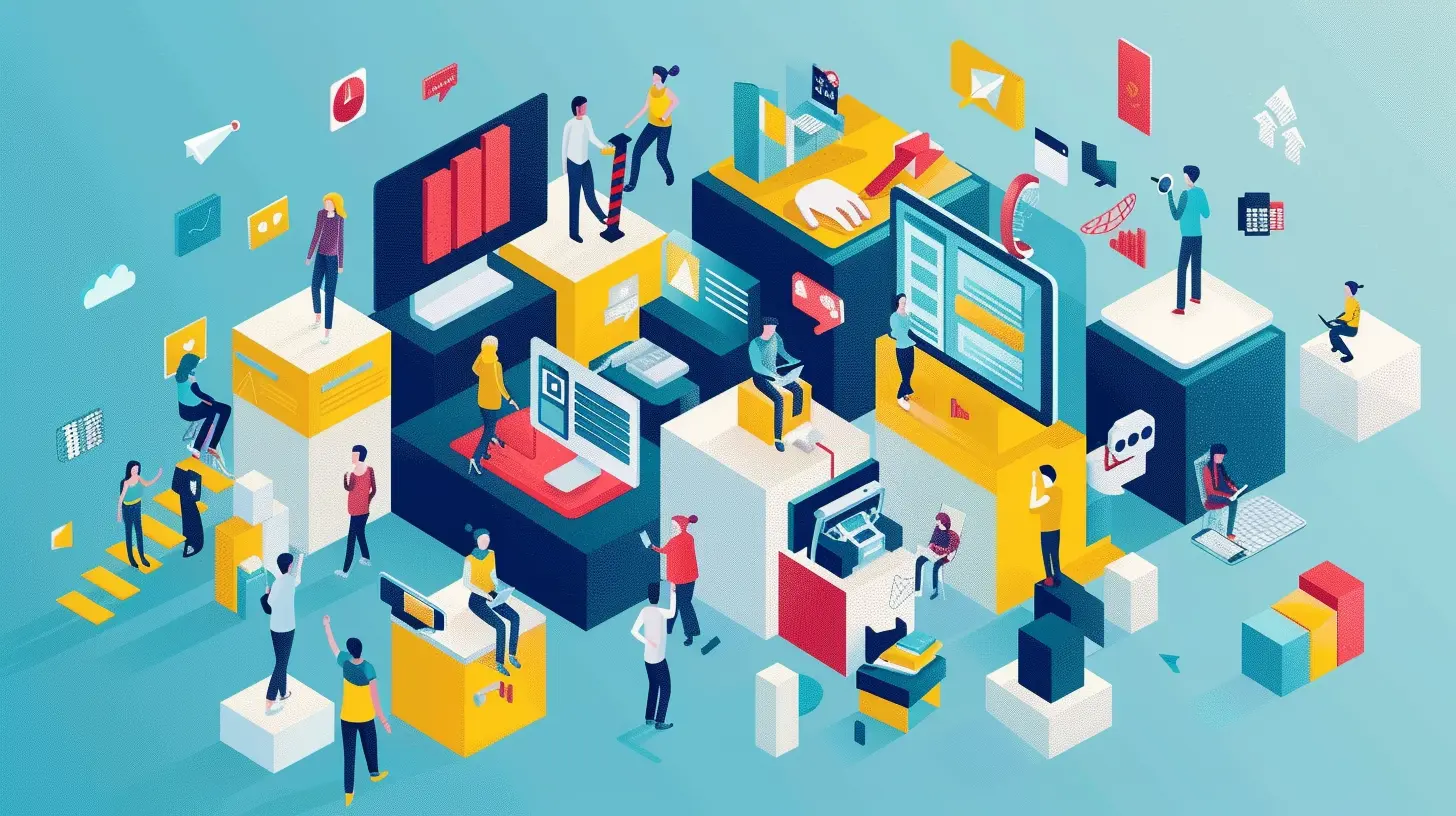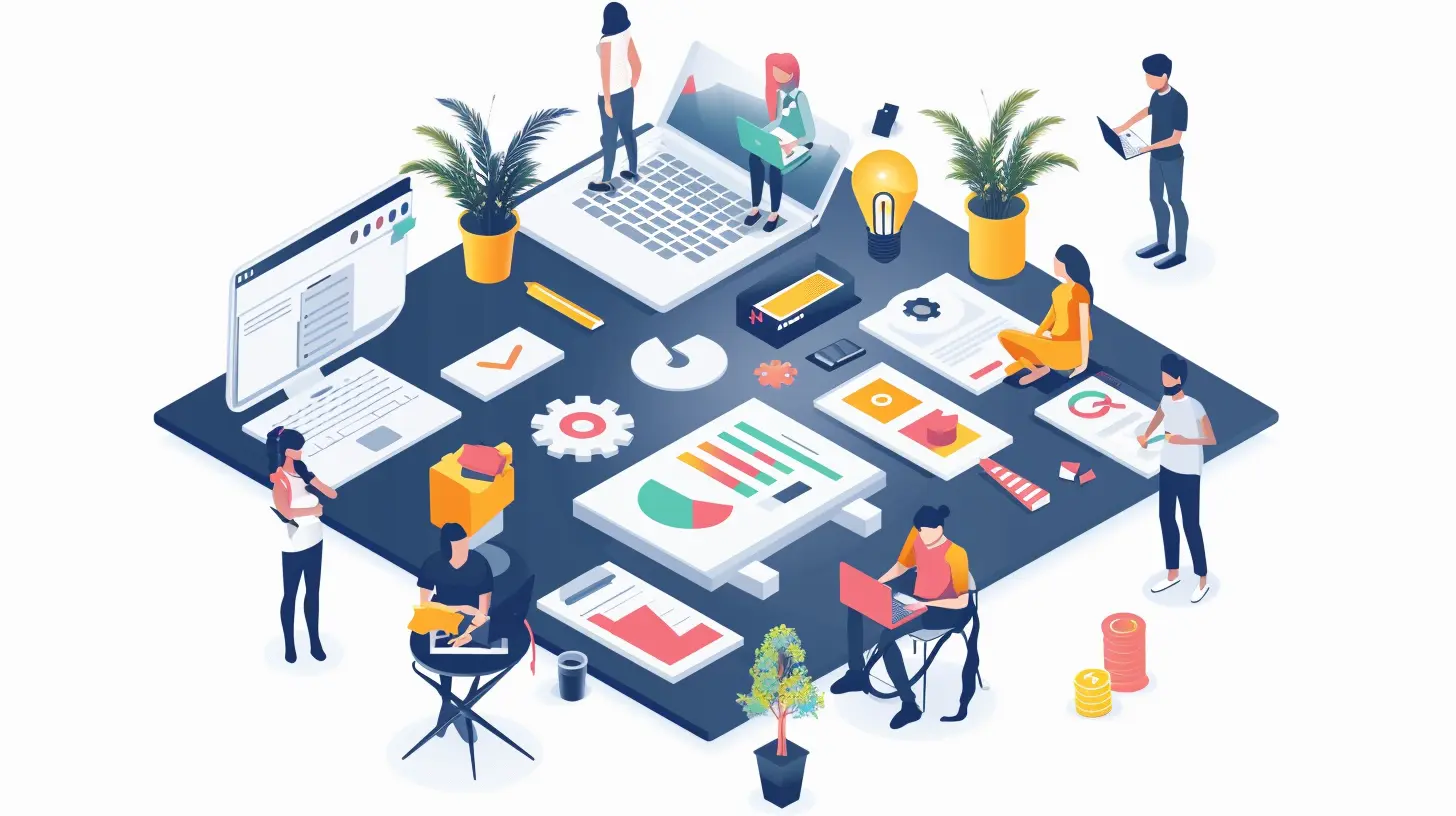Designing a Brand Experience for Both B2B and B2C Markets
16 November 2025
Let’s face it—branding is no longer just about a fancy logo or snappy tagline. We live in an experience-driven world, and people (yes, even the corporate kind) crave connection. Whether you’re selling to a procurement director or someone shopping from their couch, your brand needs to evoke a feeling. It has to leave a mark—not just on a webpage, but on someone's memory.
Designing a brand experience that works across both B2B and B2C markets? It’s like trying to cook one dish that satisfies both a picky toddler and a Michelin-star food critic. Tricky? Sure. Impossible? Not even close.
In this guide, we’ll unpack how to design a brand experience that speaks to hearts and minds in both camps—without losing your brand's soul.
What Is a Brand Experience, Anyway?
Let’s quickly clear the air. Brand experience is the emotional and psychological vibe your brand gives off every time someone interacts with it. From your website and emails to product packaging or how your sales rep says "hello"—it’s all part of the story.Think of it as the personality your brand puts out into the world. And just like people, brands with consistent, memorable personalities? They get chosen, followed, and talked about.
Why B2B and B2C Aren’t As Different As You Think
Sure, a business buying software isn’t the same as someone picking toothpaste, right? But here’s the twist: behind every B2B decision is still a human. Someone with emotions, opinions, stress, and—wait for it—a desire for great experiences.Yes, B2B cycles are longer, involve more stakeholders, and are built on logic. But even then, brand perception plays a massive role. Trust, credibility, and relatability? They matter just as much.
So, while the motivations differ, the core principle stays the same: connect emotionally, deliver value, and stay consistent.
Step 1: Define Your Brand’s Core Identity
Before you try to be everything to everyone, get your house in order. What's your brand all about? What do you stand for? Your core identity is the bedrock of every interaction you create.Ask yourself:
- What’s our mission beyond making money?
- What emotions do we want people to associate with us?
- How do we want to sound–friendly, expert, edgy?
Whether you’re crafting a C-suite pitch deck or an Instagram carousel, your messaging should feel like it came from the same soul.
Step 2: Map the Customer Journey Separately for B2B and B2C
This step is non-negotiable. Your buyer’s path to purchase is different in B2B vs. B2C.- B2C journeys are typically faster, emotion-driven, and digital-first.
- B2B journeys are longer, logic-heavy, and involve multiple decision-makers.
So, instead of trying to plug everyone into the same funnel, build two separate maps. Each one should outline:
- Awareness touchpoints (Ads, word-of-mouth, SEO)
- Consideration moments (Webinars, demos, reviews)
- Conversion triggers (Discounts, trials, consultations)
- Post-purchase experiences (Onboarding, support, loyalty)
Design your messaging and UX with these maps in hand. Speak directly to where they are in their mental funnel.
Step 3: Balance Logic and Emotion
This one’s key. Consumer markets lean into emotion—think visuals, storytelling, social proof. B2B buyers? They want data, performance metrics, ROI case studies. But that doesn’t mean tossing all the emotion out the window for B2B.In both markets, it’s about finding the sweet spot:
- Use storytelling in B2B—but back it with numbers.
- Use data in B2C—but frame it emotionally.
Think of it as left brain meets right brain branding.
Example Time:
- B2C: “Our toothpaste gives you a brighter smile in just 5 days.” (Positive emotion + quick benefit)
- B2B: “Our CRM helped companies increase lead conversions by 37% in Q1.” (Concrete stat + implied success story)
Step 4: Be Omnichannel, But Tailor the Voice
You’ve heard it a thousand times: be where your customers are. But here’s the twist—not every platform needs the same voice or vibe.Let’s break it down:
- Website: Your digital headquarters. Needs to serve both audiences—so segment content clearly (think: B2B vs. B2C tabs).
- Social Media: Use tone variation. B2C content can be playful and visual. B2B content? Keep it valuable and conversation-driven.
- Email Marketing: Segment the heck out of your list. Speak directly to needs—don’t send “10% OFF” deals to enterprise clients.
- Customer Service: Whether it’s a chatbot or human rep, tone and response time must adapt to who you’re talking to.
The goal? Stay consistent in personality, flexible in delivery.
Step 5: Personalization is Your Superpower
Nobody wants to feel like a number. Whether it’s a consumer buying shoes or a company signing a five-figure contract, they want to feel seen.Use personalization to create standout brand experiences:
- B2C: Use behavioral data to suggest products, send birthday emails, or personalized recommendations.
- B2B: Customize sales outreach, content suggestions, and onboarding based on industry, size, and role.
Pro tip: Personalization isn't spammy if it’s relevant and helpful. Make people feel like you “get” them.
Step 6: Design with UX (User Experience) in Mind
A clunky website or hard-to-navigate app is a fast track to lost trust. Great brand experience lives and dies on usability.Simplify. Test. Repeat.
For B2C:
- Mobile-first design
- Fast load times
- Clear CTAs (calls to action)
For B2B:
- Clear value propositions
- Easy access to documentation, demos, and pricing
- Navigation that supports research and decision-making
Don't let bad UX undercut great branding.
Step 7: Build Loyalty Across Both Audiences
Here’s where long-term brand experience shines.B2C loyalty might look like:
- Rewards programs
- Referral incentives
- Exclusive product drops
B2B loyalty? It’s trust-based:
- Stellar account management
- Regular check-ins with helpful insights
- Transparent communication
In both cases, loyalty isn’t about discounts. It’s about earned trust through consistency and care.
Step 8: Gather Feedback and Own the Voice of the Customer
Want to improve brand experience? Listen—really listen.Use tools like:
- Surveys
- Social listening
- Customer reviews
- B2B account debriefs
Then, act on what you hear. Show customers that their voice shapes your future. That kind of respect builds not just brand loyalty—but brand love.
Step 9: Align Sales and Marketing—Internally
Your customer doesn’t see departments—they see your brand. If marketing promises one thing but sales delivers another? That disconnect kills experience fast.Hold internal sync-ups. Share one voice, one goal, and one customer perspective. Ensure that everything from ad copy to sales pitch feels like it came from the same team.
Your internal alignment = external brilliance.
Step 10: Measure the Right Stuff
Brand experience can be fuzzy to quantify, but not impossible.For B2C:
- Net Promoter Score (NPS)
- Customer Satisfaction (CSAT)
- Social engagement
For B2B:
- Customer Lifetime Value (CLV)
- Retention rate
- Referral rates
- Deal velocity
Track both quantitative and qualitative metrics. Think of these like your brand’s health vitals.
The Final Word: One Brand, Two Lanes
Designing a brand experience for both B2B and B2C markets is all about nuance. Yes, you need to address two distinct audiences—but they should both feel like they’re interacting with the same heartbeat.The best brands in the game? They don’t fragment their presence. They just adapt and extend their essence—like a great actor who can play both a rom-com lead and a courtroom drama star.
So, don’t dilute your brand. Instead, deepen your understanding of who you're talking to—and design experiences they’ll actually remember (and talk about).
Because whether it's a CEO or a college student, we're all just people craving a little connection in a noisy world.
all images in this post were generated using AI tools
Category:
BrandingAuthor:

Amara Acevedo

